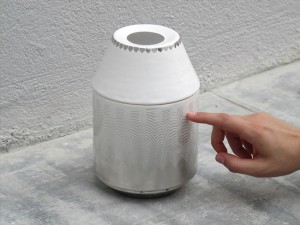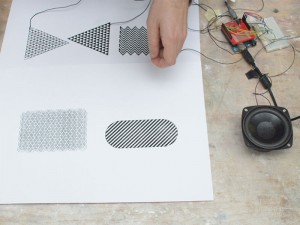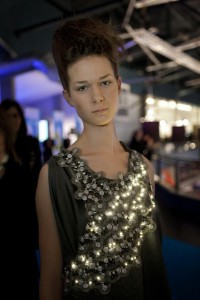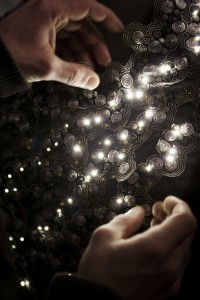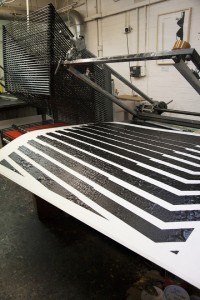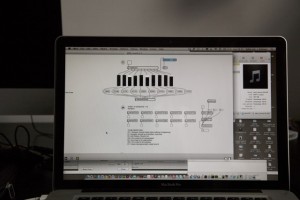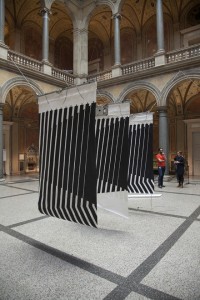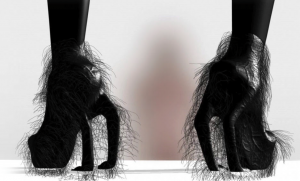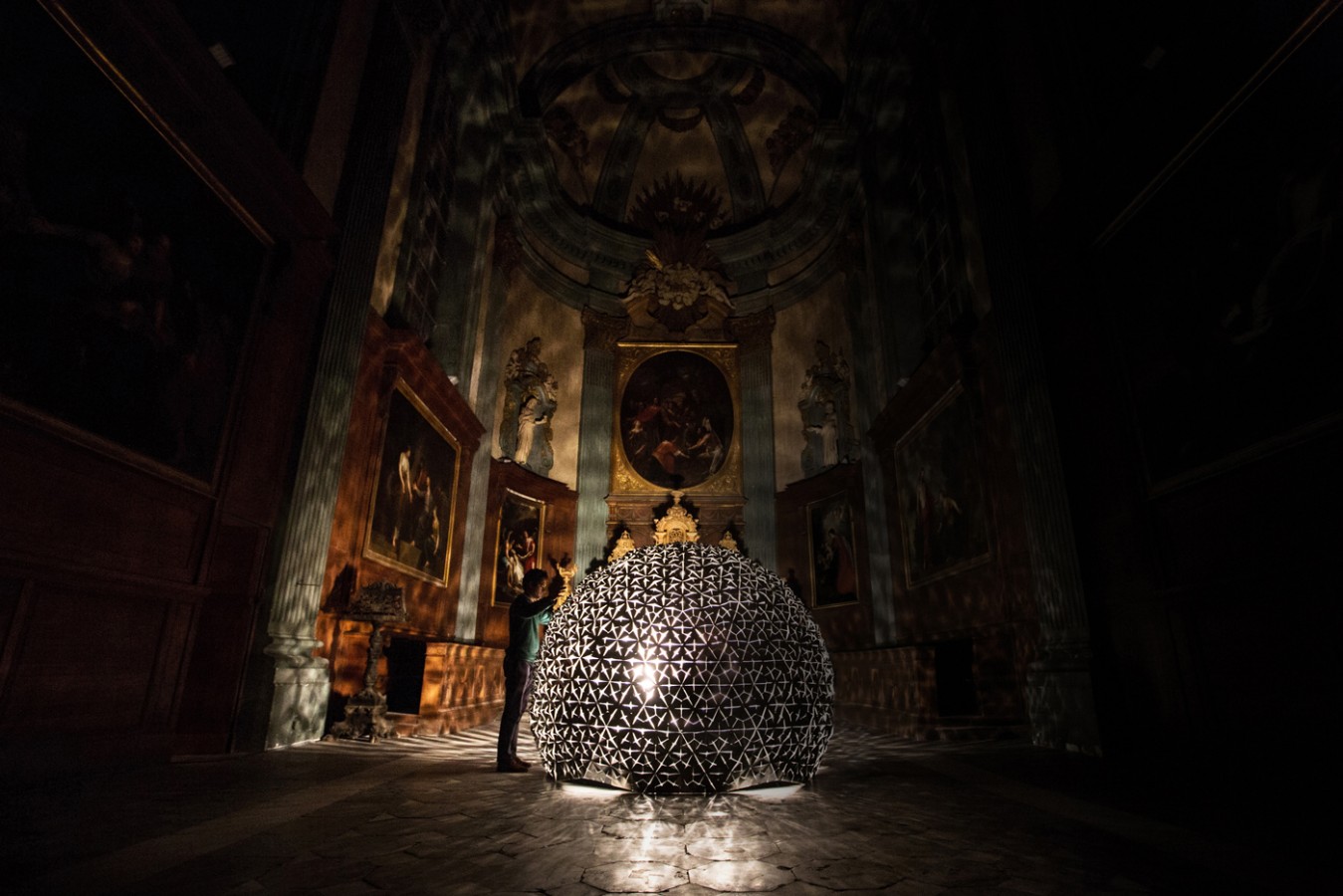A project I really enjoyed is the line of Sound Reactive dresses by Rainbow (Amy) Winters. She made two pieces, one that responds with nature like animations and another that animates more fractal shapes that she refers to as the “Picasso explosion.”


These dresses animate differently based off incoming sound, and I find the whole idea of reactive clothing like this fascinating. I am definitely not a huge fashion nerd, and my general getup is jeans and a t-shirt, but I am a science nerd, so the underlying tech of these pieces really fascinates me. I am also a sucker for anything geometry related so the Picasso dress really grabbed my attention. The dresses are made up of neoprene tubes, electroluminescent panels, as well as mirrors to blast out the colors and animations to the outside world.
